Curry Confusion: Is All Curry Actually Indian Food?
If you’ve ever stood in a grocery store aisle staring at jars labeled "Japanese curry," "Thai green curry," or even "British chicken tikka masala," you might have wondered: Is curry really Indian food? Or is it something bigger, more global? In this blog post, we’ll explore the origins of curry, how different cultures adopted and adapted it, and why that jar on your shelf might not be as Indian as you think.
Table of Contents
- What Exactly Is Curry?
- The Indian Roots of Curry
- How Curry Spread Around the World
- Different Curries Across Cultures
- Common Curry Myths (Busted!)
- 5 Practical Tips to Spice Up Your Curry Game
- Conclusion
What Exactly Is Curry?
Let’s start with the basics. The word "curry" comes from the Tamil word kari, meaning sauce or relish for rice. Originally, it referred to a style of cooking that involved simmering ingredients — like meat, vegetables, or legumes — in a spiced gravy or sauce made from ground spices, coconut milk, yogurt, or tomatoes.
However, when British colonizers brought the concept back home, they simplified and commercialized it, often reducing it to a yellow powder known as "curry powder." This misunderstanding laid the foundation for the confusion we still see today.
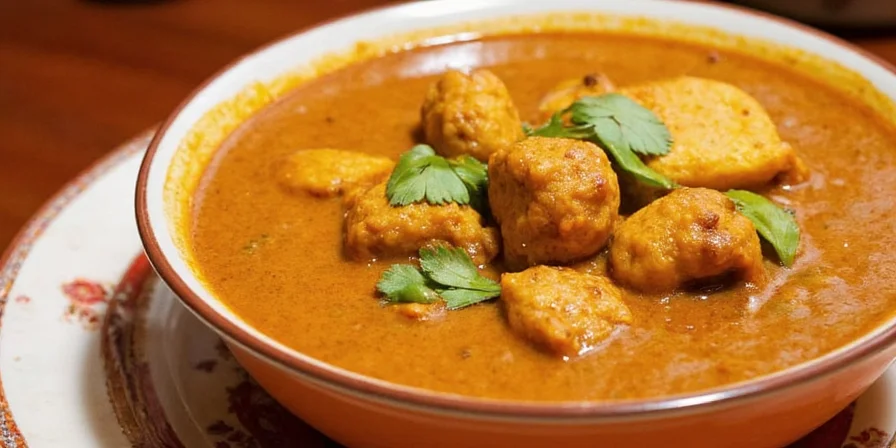
The Indian Roots of Curry
Indian cuisine has an incredibly rich history of spice blending and slow-cooking techniques. Each region of India has its own version of curry:
- North India: Creamy tomato-based curries like butter chicken and kadai paneer
- South India: Coconut milk curries such as Kerala-style fish curry
- East India: Mustard oil and panch phoron spice blends in Bengali dishes
- West India: Kacchi ghassi (goat curry) and solkadhi-infused seafood dishes
In India, “curry” isn’t a single dish but rather a method and a family of flavors rooted in local ingredients and traditions.
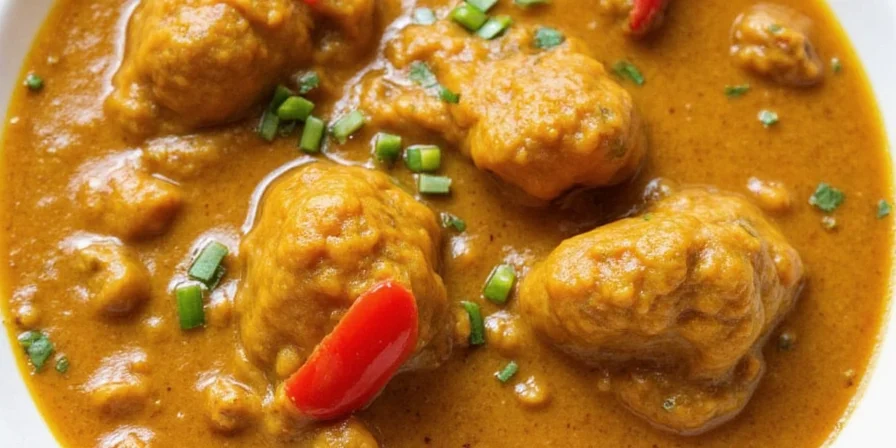
How Curry Spread Around the World
Curry didn't stay in India. Thanks to colonialism, migration, and trade, it traveled far and wide, adapting to new tastes and local ingredients. Here's a quick look at how curry evolved globally:
| Region | Curry Adaptation | Key Ingredients |
|---|---|---|
| United Kingdom | Chicken Tikka Masala, Rogan Josh | Cooking cream, garam masala, tomato puree |
| Jamaica | Jamaican goat curry | Scotch bonnet peppers, allspice, thyme |
| Japan | Kare Raisu (Japanese curry rice) | Fruit, honey, Japanese curry roux |
| Thailand | Green Curry, Massaman Curry | Coconut milk, kaffir lime leaves, lemongrass |
| Sri Lanka | Dhal curry, Chicken curry with cinnamon | Lime, chili, pandan leaves |
Different Curries Across Cultures
Now let’s dive into how different countries took the concept of curry and made it their own. Spoiler: none of them exactly replicate what you’d find in India — and that’s okay!
British Curry: The Birth of “Curry Culture”
The UK arguably invented its own style of curry — heavily influenced by South Asian migrants who opened restaurants after WWII. Dishes like Balti, Vindaloo, and Tikka Masala were born here. While they use Indian spices, they’re tailored to British palates: richer, sweeter, and often milder than traditional Indian dishes.
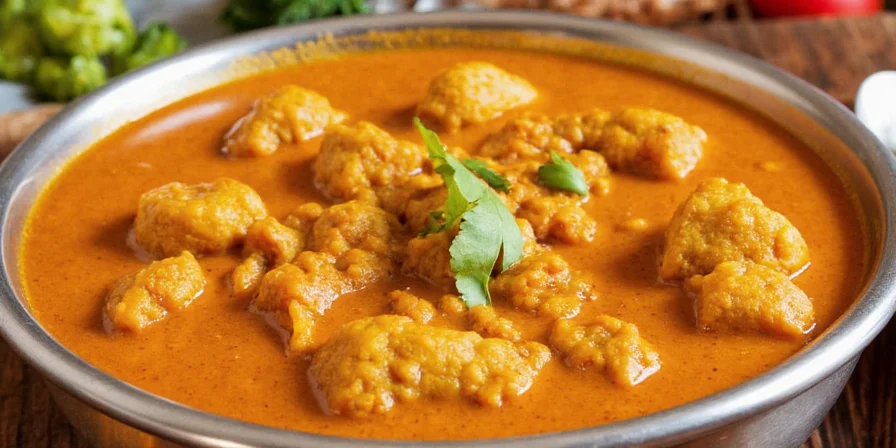
Japanese Kare: Sweet and Savory Comfort Food
Japan introduced curry through its navy in the late 19th century. Unlike Indian curries, Japanese kare is thickened with flour and often includes fruits like apples or raisins for sweetness. It’s served with rice and pickled vegetables — comfort food at its finest.
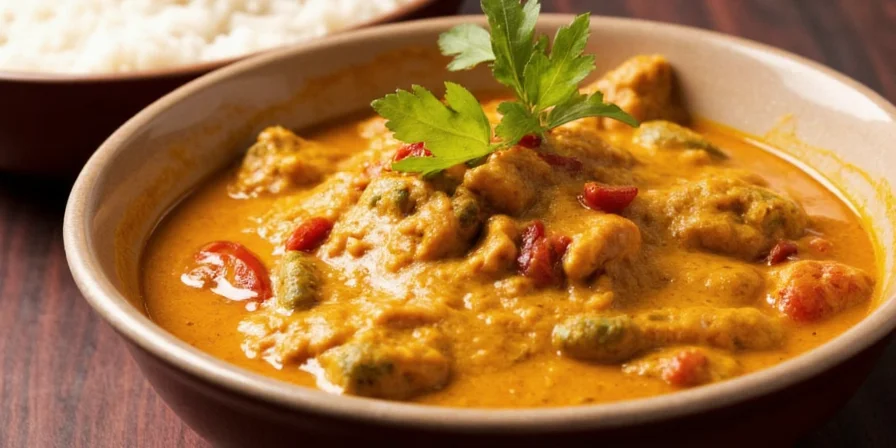
Thai Green Curry: A Spicy Fusion
Thai green curry (kaeng khiao wan) uses Thai basil, coconut milk, and fresh green chilies. While it shares the name “curry,” it’s more about fragrant paste and balance of sweet, salty, sour, and spicy — unlike anything found in India.
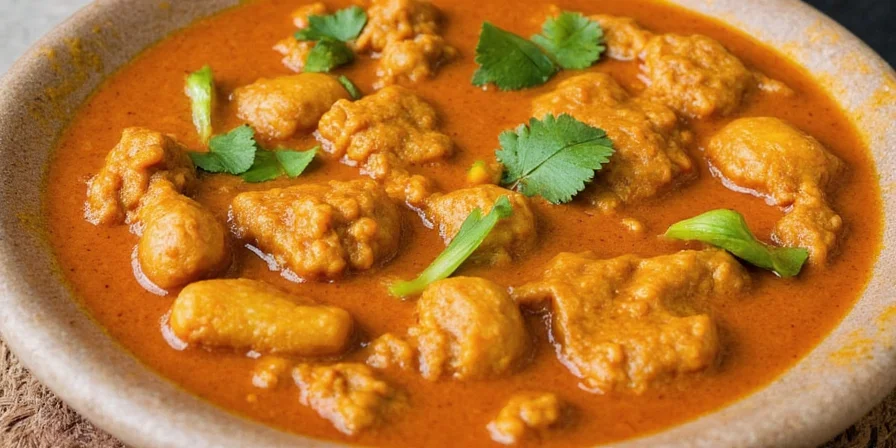
Common Curry Myths (Busted!)
There are plenty of myths floating around about curry — especially regarding its origin and authenticity. Let’s clear some of them up:
- Myth #1: All curry comes from India
False! As we’ve seen, many countries have developed their own unique styles over time. - Myth #2: There’s only one type of curry powder
Wrong! Every brand and every region makes their own blend. Some add turmeric for color, others cardamom for warmth. - Myth #3: Curries must be hot and spicy
Not true. Many Indian curries are mild and aromatic, while Thai and Jamaican ones can be extremely fiery. - Myth #4: You can’t make good curry at home
You absolutely can! We’ll share tips shortly.
5 Practical Tips to Spice Up Your Curry Game
Ready to bring some serious flavor into your kitchen? Here are five easy, practical tips to elevate your next curry dish — no passport required!
- Toasting whole spices first
Before grinding or adding them to your pot, toast cumin seeds, coriander seeds, and mustard seeds in a dry pan. This unlocks deeper, nuttier flavors. - Layer your aromatics
Start with onions, then garlic, ginger, and chilies. Cook each slowly to build layers of flavor. - Add acid for balance
A splash of lemon juice or vinegar can brighten up heavy curries. Try it in lentil or chickpea dishes! - Use ghee for richness
Ghee adds depth and helps bloom fat-soluble spices like turmeric and paprika. - Simmer low and slow
Good things come to those who wait. Letting your curry cook gently for 30–60 minutes allows flavors to meld beautifully.
Conclusion
So, is curry Indian food? Yes… and no. Like pizza, sushi, or tacos, curry started in one place and became a global phenomenon. Its roots are firmly planted in Indian soil, but its branches now stretch across continents and cultures.
Whether you're enjoying a creamy British vindaloo, a sweet Japanese curry, or a fiery Thai jungle curry — you’re tasting centuries of trade, migration, adaptation, and love for spice.
Next time you reach for that jar labeled “curry,” take a moment to appreciate the journey it took to get there. And if you're feeling adventurous? Try making your own spice blend at home — you might just discover a new favorite flavor.
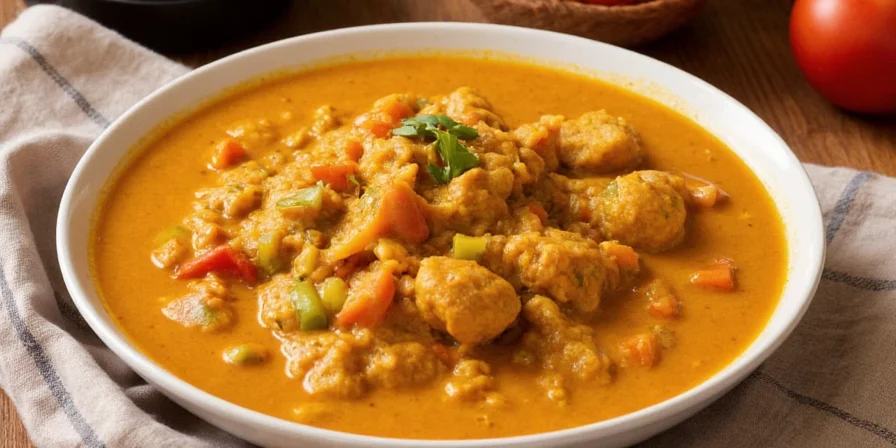

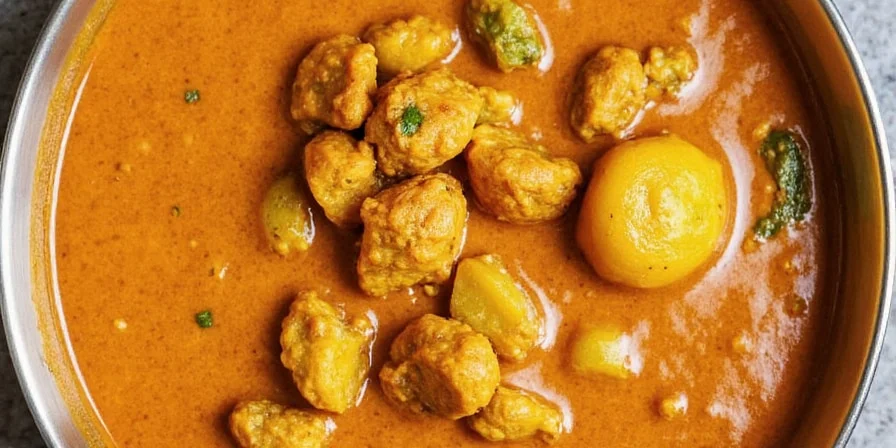









 浙公网安备
33010002000092号
浙公网安备
33010002000092号 浙B2-20120091-4
浙B2-20120091-4